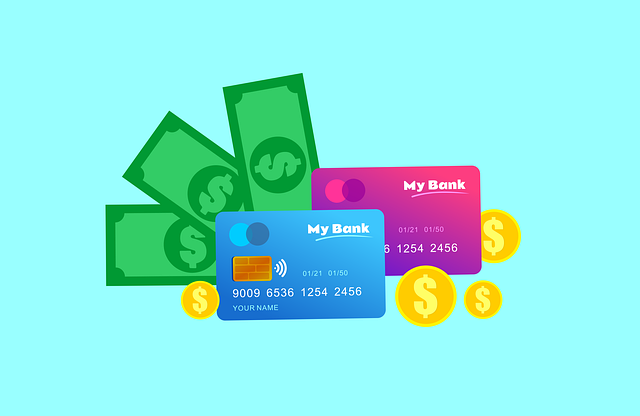Debt restructuring and debt review are distinct strategies for managing debt. Debt review involves analyzing financial standing, budgeting, and negotiating with creditors, suitable for multiple debts or unexpected changes. Debt restructuring directly modifies loan terms by extending repayment periods, lowering rates, or switching lenders, ideal for overwhelming debt but may incur fees and impact credit score. The optimal choice depends on interest rates, credit history, and debt complexity, with each method offering unique benefits tailored to specific financial scenarios.
Debt can be a burden, but navigating relief options is crucial. When facing financial strain, understanding the distinctions between Debt Restructuring and Debt Review is essential for making informed decisions. This article delves into these two strategies, exploring their unique benefits and ideal scenarios. We’ll guide you through the process, highlighting key factors to consider, so you can choose the best path toward financial stability—whether it’s restructuring to redefine terms or reviewing to gain clarity and control.
- Understanding Debt Restructuring and Its Benefits
- Exploring the Options: When is a Debt Review Helpful?
- Making an Informed Decision: Key Factors to Consider
Understanding Debt Restructuring and Its Benefits

Debt restructuring is a strategic process that involves reorganizing an individual’s or business’s existing debt obligations to improve financial flexibility and sustainability. This can include various methods such as extending loan terms, lowering interest rates, or even refinancing with different lenders. The primary goal is to make debt repayment more manageable by reducing monthly payments and overall interest expenses. One of the key benefits of debt restructuring is its positive impact on cash flow, allowing individuals and businesses to allocate resources more efficiently.
When compared to a simple debt review, which often involves a thorough analysis of one’s financial situation and budgeting, debt restructuring takes it a step further. While a debt review can provide insights into spending habits and help create a budget, restructuring goes beyond this by directly altering loan terms. This makes it particularly appealing for those burdened by unmanageable debts, offering a potential pathway to financial relief and stability.
Exploring the Options: When is a Debt Review Helpful?

When considering the options for managing debt, understanding the distinctions between debt restructuring and debt review is crucial. A debt review is often a preliminary step and can be helpful in various situations. It involves evaluating your current financial situation, including all debts, income, and expenses. During this process, you analyze your budget to identify areas where adjustments can be made to better manage existing debt obligations. This approach is ideal when you’re overwhelmed by multiple debts or facing unexpected financial changes like a job loss or medical emergency.
By conducting a thorough debt review, you gain insights into your financial health and potential strategies for improvement. It allows you to prioritize payments, negotiate with creditors, and create a realistic repayment plan tailored to your circumstances. This proactive step can lead to better terms and conditions, lower interest rates, and ultimately, debt elimination. However, if your debt is substantial and overwhelming, debt restructuring might be the more suitable path, as it involves renegotiating or reframing the terms of your existing debts.
Making an Informed Decision: Key Factors to Consider

When deciding between debt restructuring and debt review, understanding your financial situation and goals is crucial. Both options offer distinct advantages but require careful consideration. Debt restructuring typically involves rewriting the terms of your existing debt, often through a formal process like debt consolidation or refinancing. This can lead to lower interest rates, extended repayment periods, and improved cash flow management. However, it may also come with fees and could impact your credit score.
On the other hand, debt review focuses on evaluating your financial obligations critically. It involves a thorough analysis of your income, expenses, and debt repayments. Through debt review, you can negotiate with creditors, challenge inaccurate information in your reports, and explore options like payment plans or debt settlement. While it offers potential for significant savings, it requires discipline and may not always be suitable for every debt situation. The choice between restructuring and reviewing depends on factors such as interest rates, credit history, and the complexity of your financial obligations.
When deciding between debt restructuring and debt review, understanding your financial goals and current circumstances is key. While debt restructuring offers a fresh start by altering repayment terms, debt review provides a strategic approach to better managing existing debts. Both options have their merits; the best path depends on individual needs. By carefully considering factors like interest rates, repayment periods, and long-term financial stability, you can make an informed decision that leads to either a more manageable debt load or a complete overhaul, ultimately paving the way for improved financial health in the long run.







